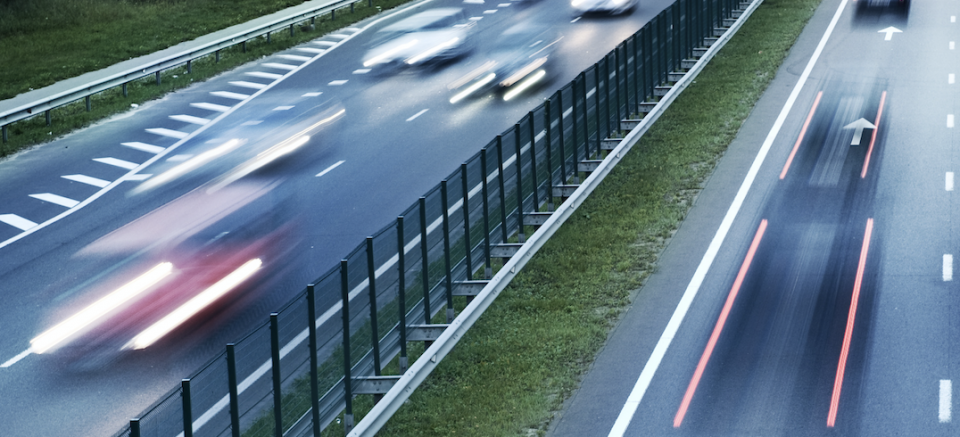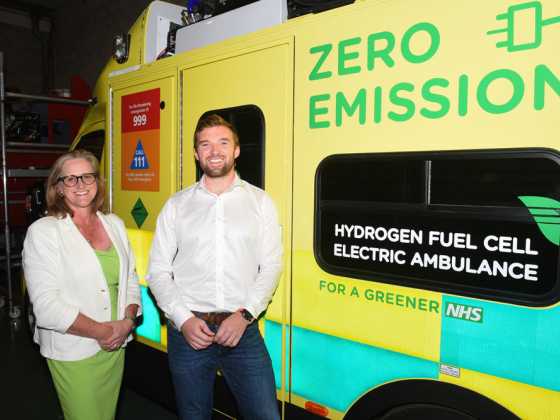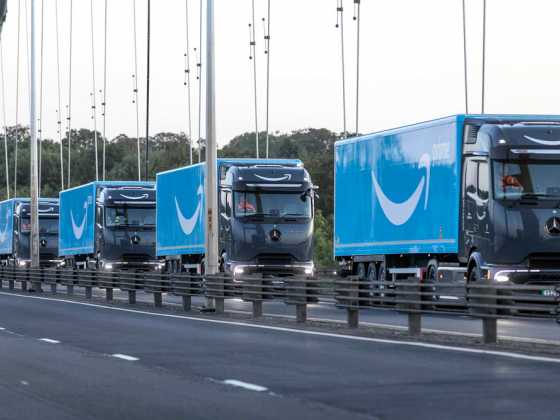Motorway service EV charger target unlikely to be met

The Government looks unlikely to meet its target of having six or more rapid or ultra-rapid electric vehicle chargers at every motorway service area in England by the end of 2023, new research by the RAC reveals.
Less than a quarter (23% – 27) of 119 motorway services reviewed by the RAC on Zapmap currently have the target number of chargers.
The RAC’s research found there are around 400 high-powered charging units situated at motorway services capable of charging 682 electric cars at one time. This means there is currently an average of just over three (3.4) rapid or ultra-rapid chargers at motorway services.
When looking at the number of connectors these devices have, there is an average of nearly four (3.8) of the most commonly used CCS (Combined Charging System) connectors and just under two (1.8) CHadeMO connectors which are predominantly used by drivers of the very popular Nissan Leaf. Some six motorway services in England don’t have any high-powered chargers. These are Leicester Forest on both sides of the M1, Tebay South on the M6, Carlisle Northbound on the M1, Strensham Southbound on the M5 and Barton Park on the A1(M).
The Government’s ‘Taking charge: the electric vehicle infrastructure strategy’ published on 25 March 2022 sets out an intention to accelerate the roll-out of high-powered chargers on the strategic road network through the £950m Rapid Charging Fund so that EV drivers have confidence in the ability to undertake longer journeys.
Mirroring a Government policy paper from May 2020, the document explicitly states: “We will ensure that every motorway service area has at least six rapid chargers by the end of 2023, with some having more than 12.” Currently, there are only six services in England which have more than 12 such devices. These are Exeter on the M5, Rugby on the M6, Reading East and West on the M4, Thurrock on the M25 and Wetherby on the A1(M).
The document also says rapid charge points, which can add around 100 miles of range in 35 minutes, are already widely available along England’s motorways and major A roads and that drivers are never more than 25 miles away from a rapid charge point. It adds that: “Many operators of motorway service areas have embraced the ambition to install six high powered chargers by the end of 2023. Over 70% of England’s motorway service areas now have a plan to deliver this, and we will continue to work with site operators to ensure that every site is reached.”
Latest charging statistics from Zapmap show the UK has 42,566 charging devices of which a fifth (19% or 7,928) are rapid or ultra-rapid. Looking at this figure against the RAC’s research reveals that only 5% of all these high-powered chargers are at motorways services. The Government says it expects there will be around 300,000 public chargers of all speeds as a minimum by 2030 and more than 6,000 high powered chargers along strategic roads by 2035. Forecasts in the Competition and Markets Authority’s ‘Building a comprehensive and competitive electric vehicle charging sector that works for all drivers’ document suggest that at least 280,000-480,000 public charge points will be needed by 2030.
The Government believes the Rapid Charging Fund provides a “pivotal opportunity to open up the market at motorway service areas as well as increase charging infrastructure available to drivers.” It says: “the commercial case for high-powered chargers can be difficult, particularly where connecting to the electricity system is expensive and time-consuming,” but it points out that significant steps have been taken across government to address this.
RAC EV spokesperson Simon Williams said: “Our findings show there is much work to be done before the end of the year if the Government’s target of having six high-powered chargers at every motorway service area is to be met.
“Installing these types of units is not straightforward as connecting to the electricity grid is expensive and time-consuming, but clearly more needs to be done to make this process simpler than it is currently. While we understand the Government is taking steps to expedite matters, the importance of ensuring sufficient high-powered charging is readily available up and down our motorway network can’t be emphasised enough.
“As a lack of charging facilities is rapidly becoming one of the most widely quoted reasons for drivers not going electric, all parties involved in making installations happen must work together to overcome this obstacle.
“We have long argued that rapid and ultra-rapid charging is vital to give drivers confidence they can make journeys beyond the range of their vehicles in the most time efficient way possible. While early-adopters have been prepared to plan their journeys carefully around recharging stops, the everyday driver will want this to be much easier and quicker.
“With approaching 1m battery electric vehicles on the road and the Government having a goal of 80% of new cars sold by 2030 being zero-emission, it’s critical that the country’s charging network grows proportionately, particularly at the fastest end of the charging spectrum.”
Quentin Willson, automotive journalist and founder of the EV campaign FairCharge, added:
“When you look at how quickly Tesla put their Superchargers into the motorway service network, you’re forced to wonder why the Government is working at such glacial speed to do the same. We simply must pick up the pace building a long-range, high-powered charging infrastructure to offer confidence to electric car drivers, the EV market and global investors. Not having enough charging infrastructure is now a major refrain from the anti-EV lobby and is holding back adoption.”



